CSAT (Customer Satisfaction Score) is a common customer experience metric used to measure how satisfied customers are with your company’s products or services. CSAT is measured using customer feedback surveys and scored as a percentage ranging from 0% to 100%.
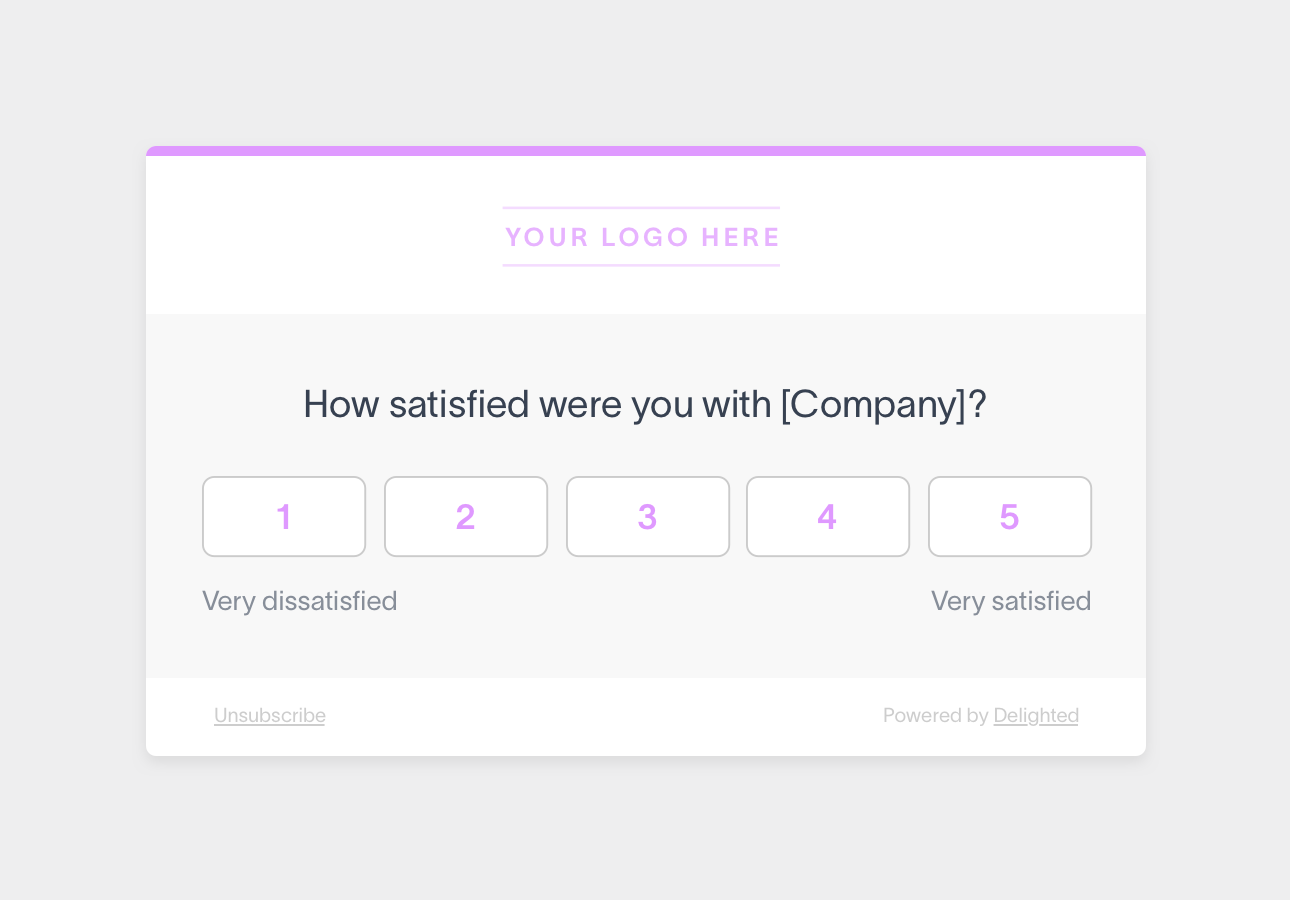
To truly understand the answer to “what is CSAT?”, it’s important to look at why and how to measure CSAT through surveys. Once you understand the basics behind the CSAT definition, you’ll be better able to leverage CSAT metrics to enhance the customer experience, improve customer loyalty, and stay ahead of customer churn.
Join 75,000+ of the world's most beloved brands
An effectively designed customer survey garners useful feedback while respecting your customer’s time. Here’s how the standard CSAT questionnaire works, and how you can customize it to suit your exact needs. Once you see what a simple and easy measuring method this is for both you and the customer, you’ll understand why CSAT surveys are so ubiquitous.
The most basic CSAT survey is a two-part question. The first question, “How satisfied were you with [product/interaction]?” can be modified to suit your situation. Customers respond with a 1-5 rating scale, which is rolled up into an easily benchmarked CSAT metric.
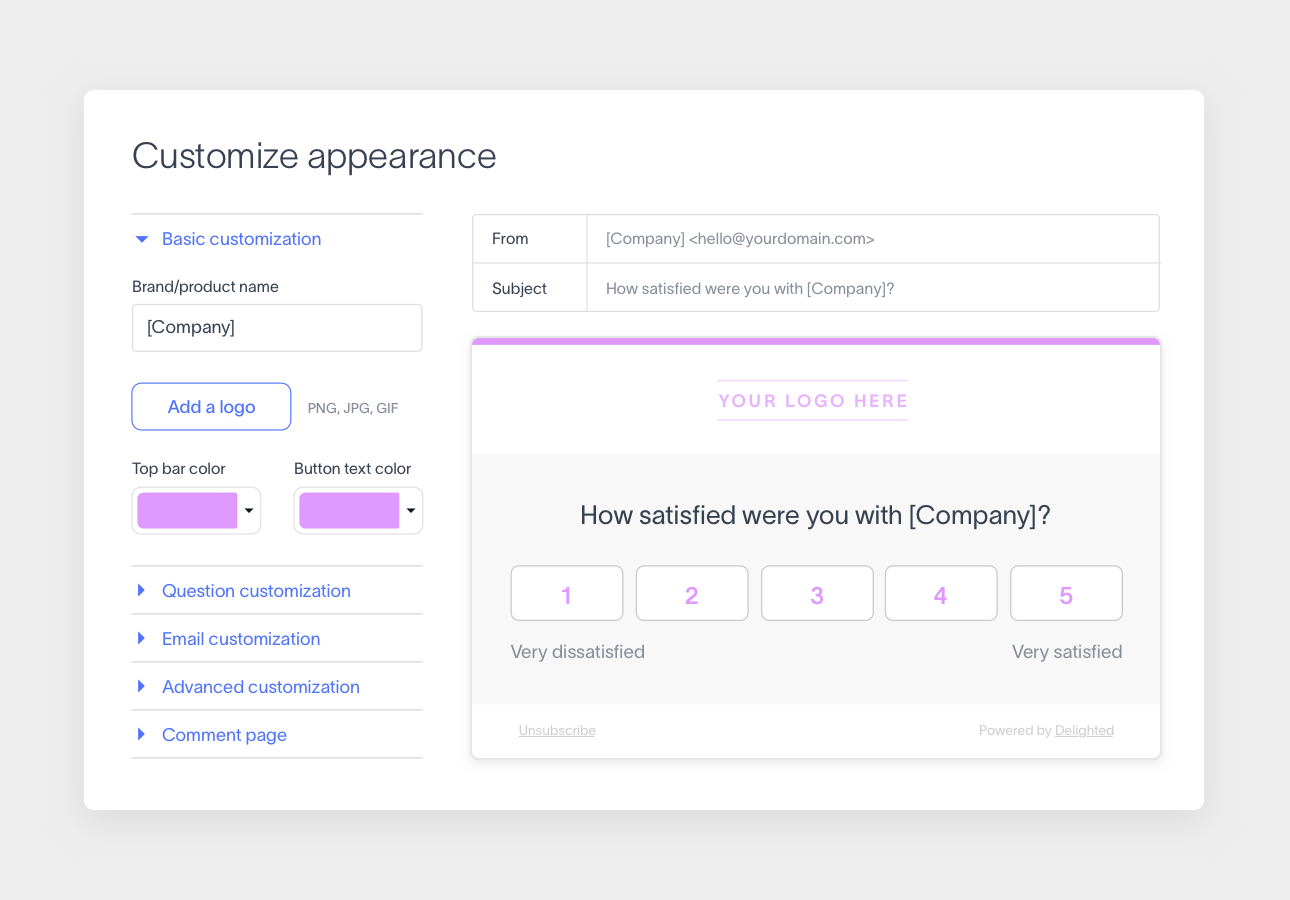
You will need to determine which customer experience touchpoint you would like feedback on, since this impacts who receives the survey, question phrasing, and survey distribution. The CSAT survey question can be customized for any interaction.
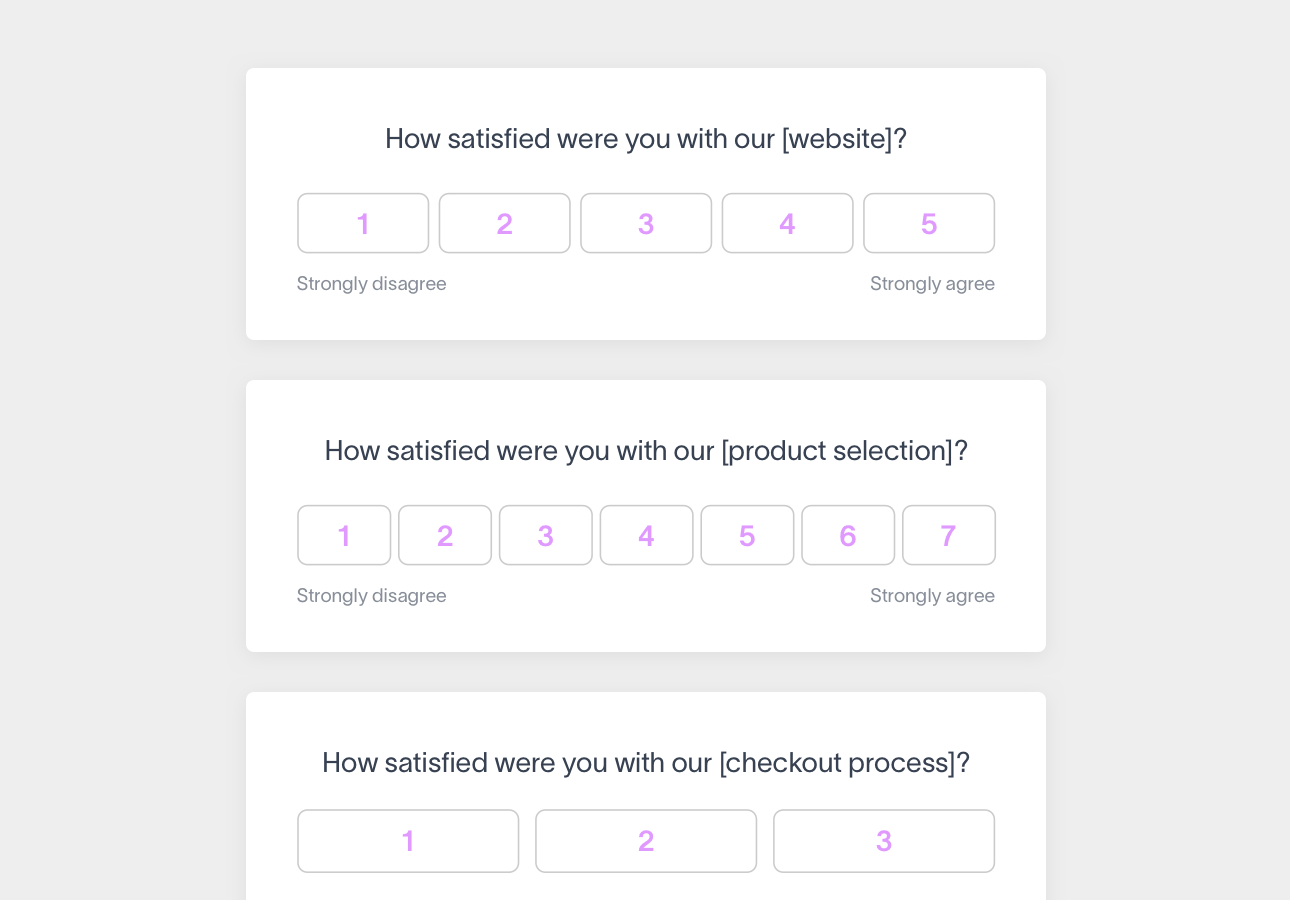
The second part of the CSAT survey is an open comment form, where customers can explain why they chose the customer satisfaction scores in their own words. Since customers aren’t prompted with answer options, they are free to share the defining factor that influenced the score.
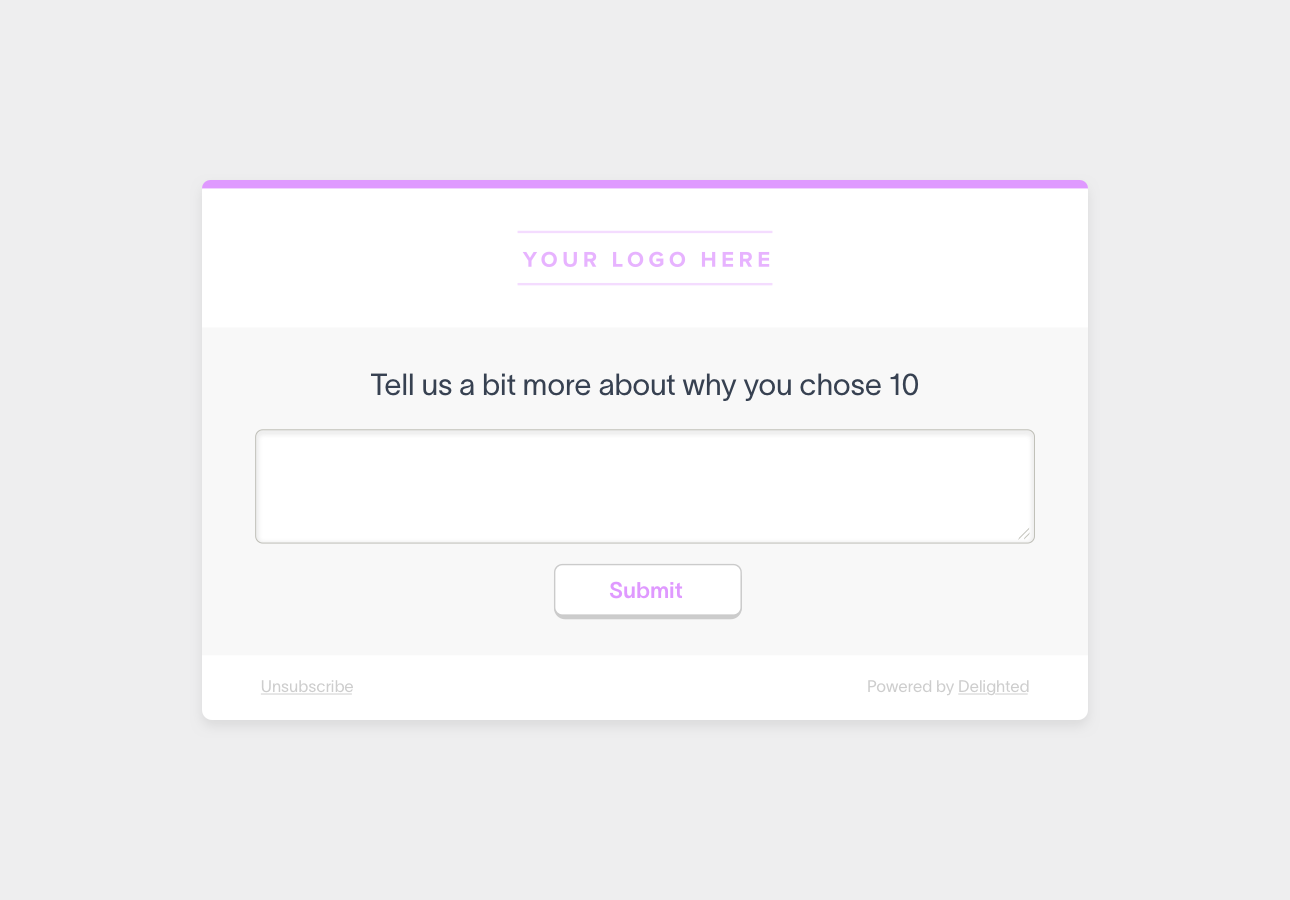
Though you always want to keep your surveys short and to the point, you can add optional questions to your survey (after the initial CSAT question) for more information. Delighted allows you to customize up to 10 Additional Questions for deeper insights.
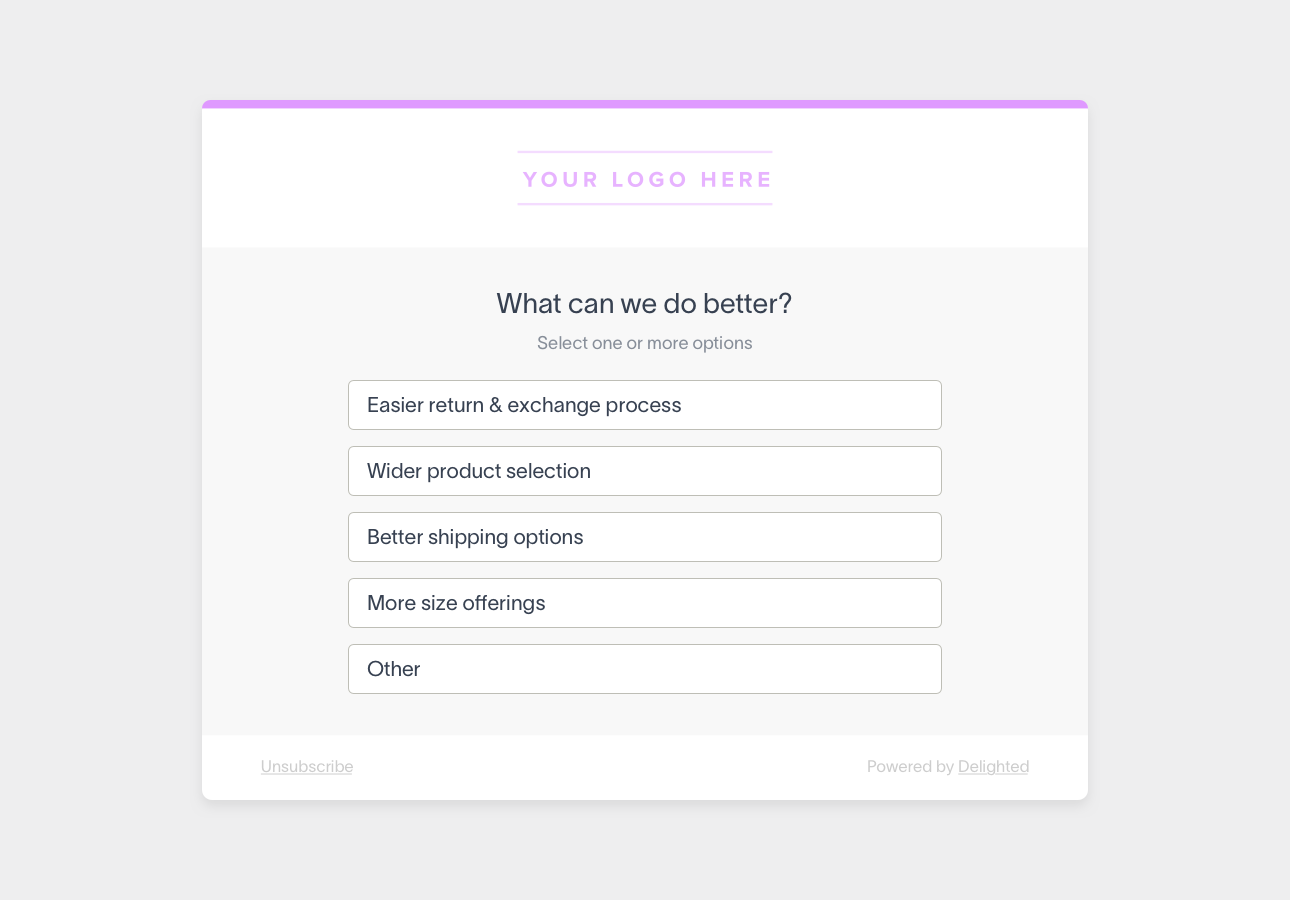
In some cases, a 5-star or Smileys rating scale may make more sense to include in your survey than a numerical scale. Graphic scales are intuitive and language-agnostic, and can make your survey more fun to take. Just be sure to adjust the initial survey question to make sense with the scale.
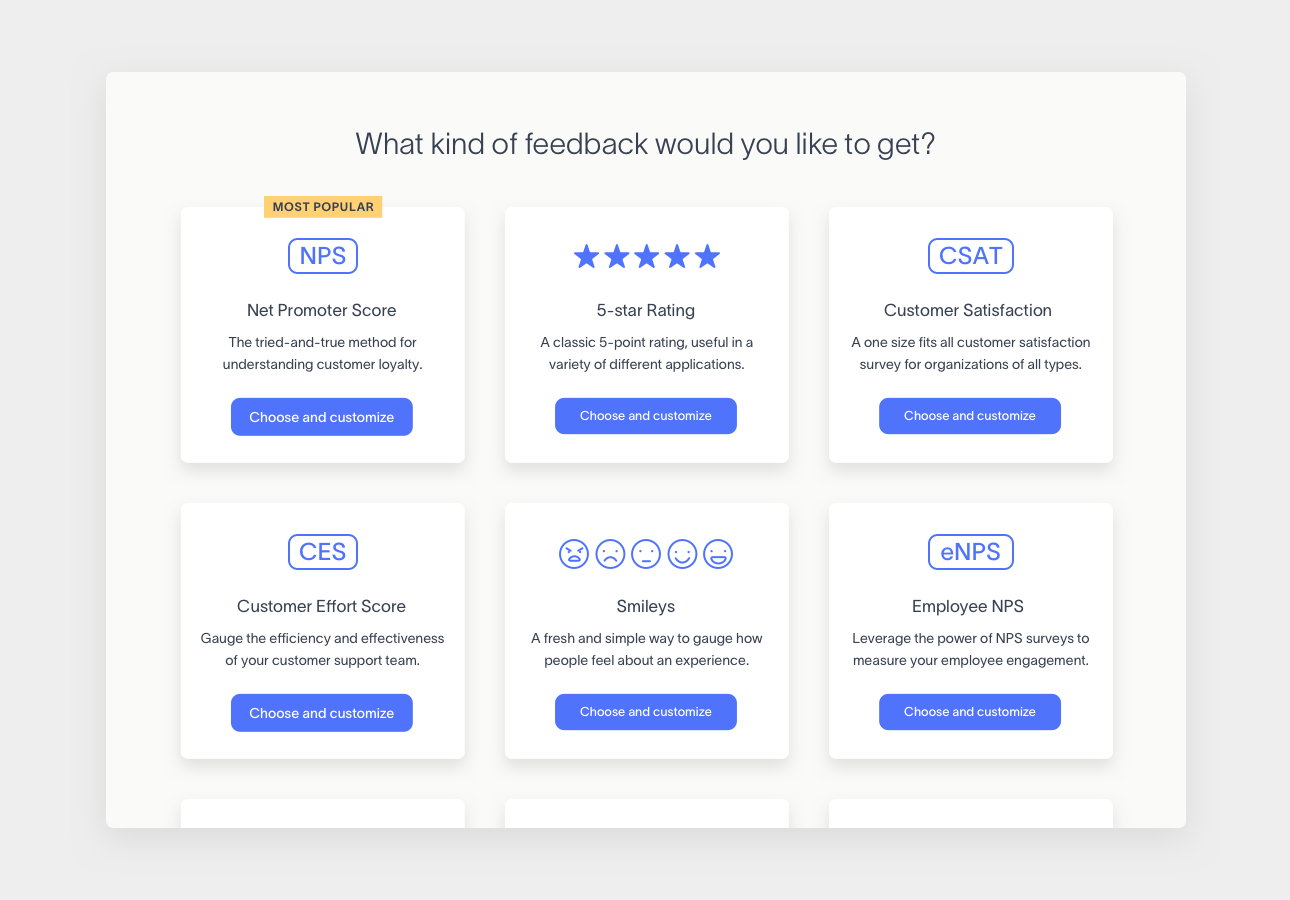
Combine CSAT with other customer satisfaction metrics and survey templates for a complete assessment of your brand.
If you’re wondering, “What is a CSAT score versus an NPS score?” Our NPS vs. CSAT guide answers that, the CSAT score meaning, and more.
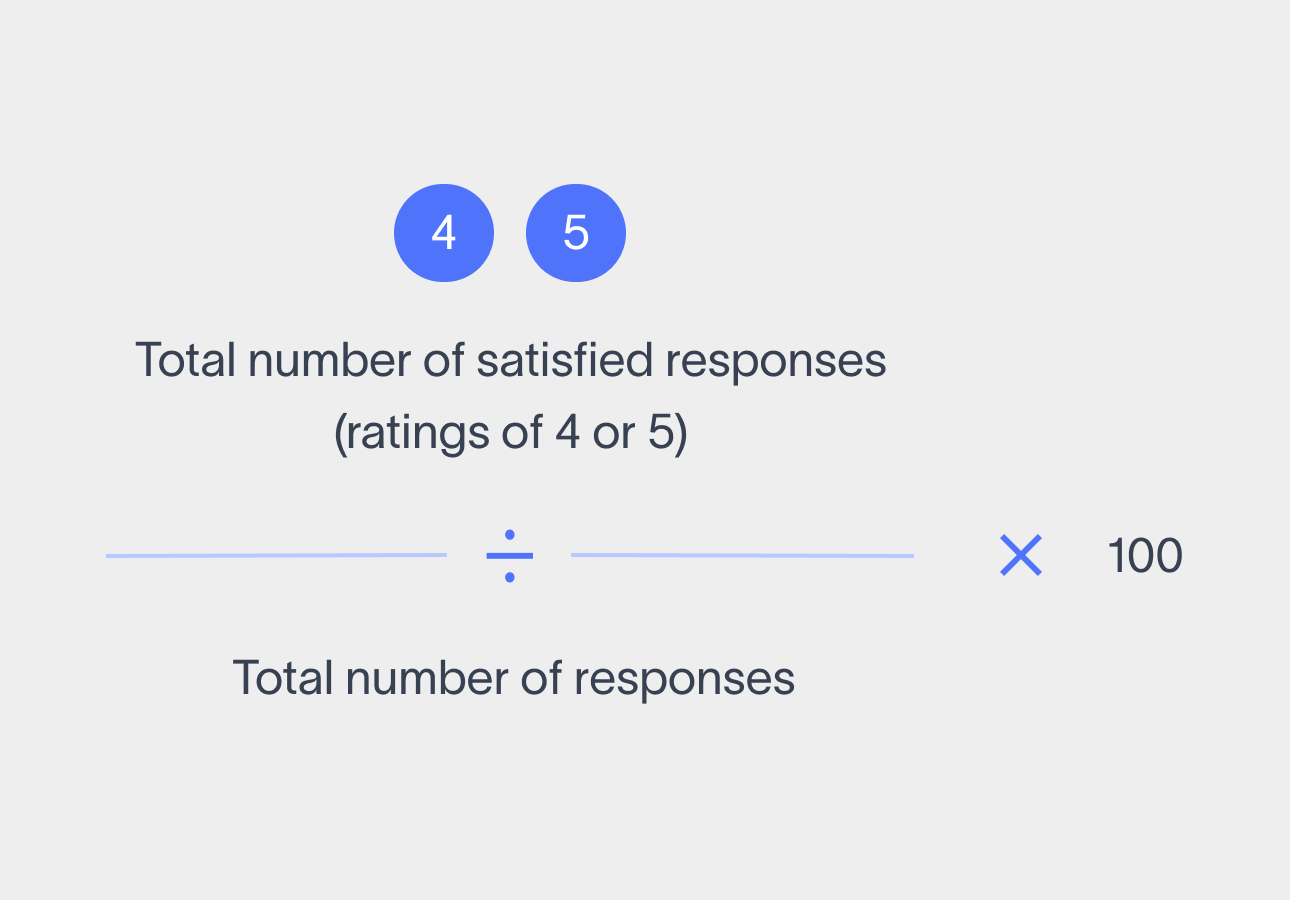
Your customer satisfaction score is a CX metric used to understand how satisfied a customer is with a business experience or specific interaction. It is seen as one of the most popular and necessary metrics for providing quality CX, but do you know how to calculate CSAT scores?
To perform a CSAT score calculation, take the number of satisfied customers (those who rated you 4 or 5), and divide by the total number of responses. For example, if 62 of your 100 responses have a rating of 4 or 5, your score would be 62.
Monitoring and tracking your CSAT score over time will provide a high-level gauge of whether you’re making progress. Dips in the CSAT score range and trend line single out new issues that will require further analysis.
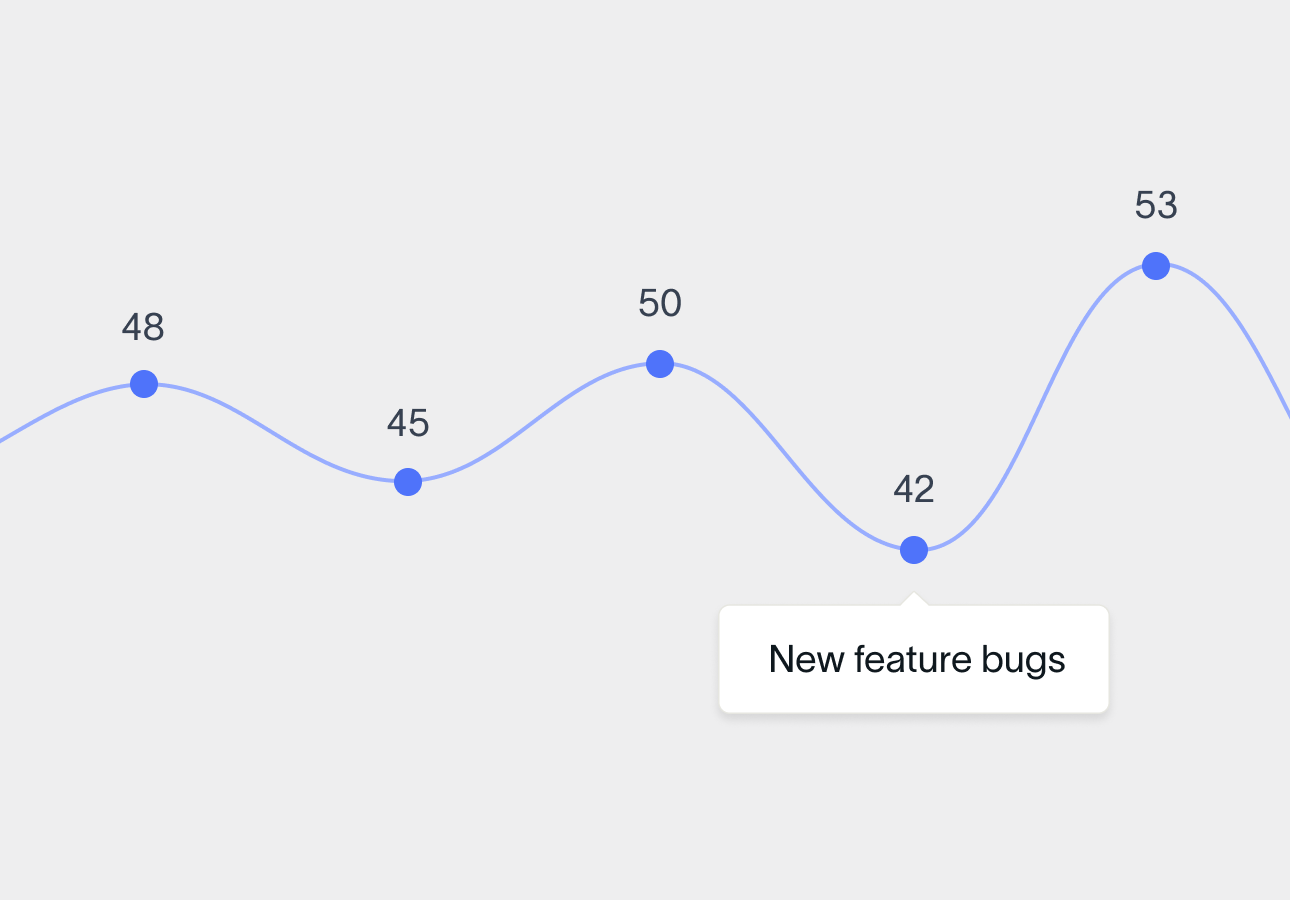
Delighted helps some of the world’s most coveted brands gather actionable customer feedback and make customer satisfaction a competitive advantage.



Now that you know the CSAT meaning, sign up now and survey customers for free. You’re minutes away from getting feedback!